Cooks Creek Heritage Museum: Manitoba Slavic Pioneer History
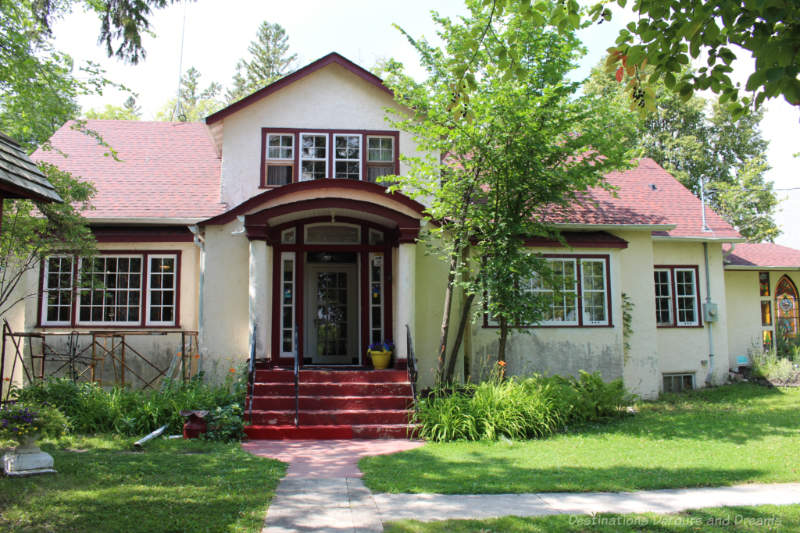
A Canadian prairie museum dedicated to Manitoba pioneers from Eastern European Slavic countries
Cooks Creek is an unincorporated community in the Rural Municipality of Springfield, Manitoba, Canada, located about 37 kilometres (23 miles) northeast of Winnipeg. The Cooks Creek Heritage Museum is dedicated to the pioneers from Eastern Poland, Western Ukraine and other Eastern European Slavic countries who settled in the area starting in the late 1800s. It contains costumes, folk art, religious artifacts, furniture, and tools used in everyday life.
I’ll admit to being surprised by how much was on display at the museum. You’ll find many beautiful artifacts reflecting Slavic culture and interesting details about pioneer life. It reminded me that small town museums can be delightful and full of treasures.
The main museum building was once the rectory for the neighbouring St. Michael’s Roman Catholic Church. The current church replaced the original church, which held its first mass in 1899, after fire destroyed it in 1922. The rectory was built around 1937 as a show home by the Hudson’s Bay Company.
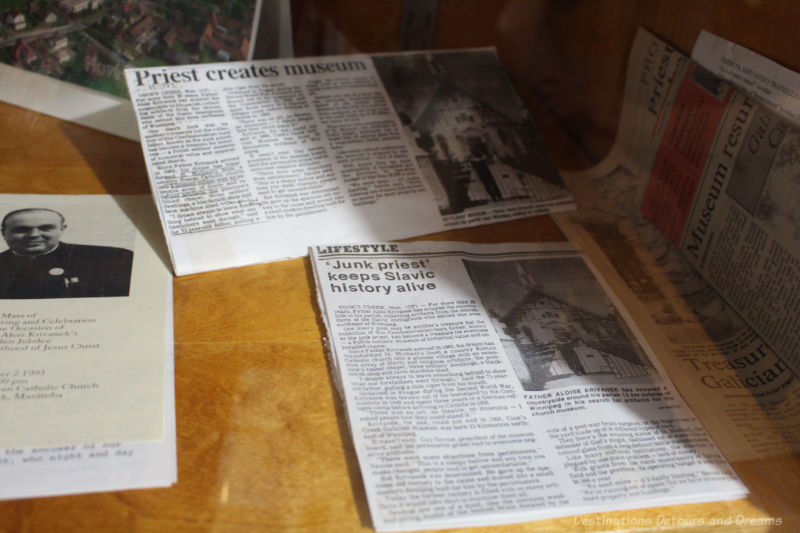
The museum opened in 1968 as Cooks Creek Galician Museum under the direction of Alois Krivanek, the priest of St. Michael’s at that time. The Czechoslovakian-born priest came to Cooks Creek in 1964. He became known as the “junk priest” as he spent decades scouring the countryside to collect artifacts to preserve the heritage of the area. He moved out of the spacious rectory so it could be used for the museum and into a smaller space. Today, that spacious rectory is jam-packed with artifacts, photographs, and articles.
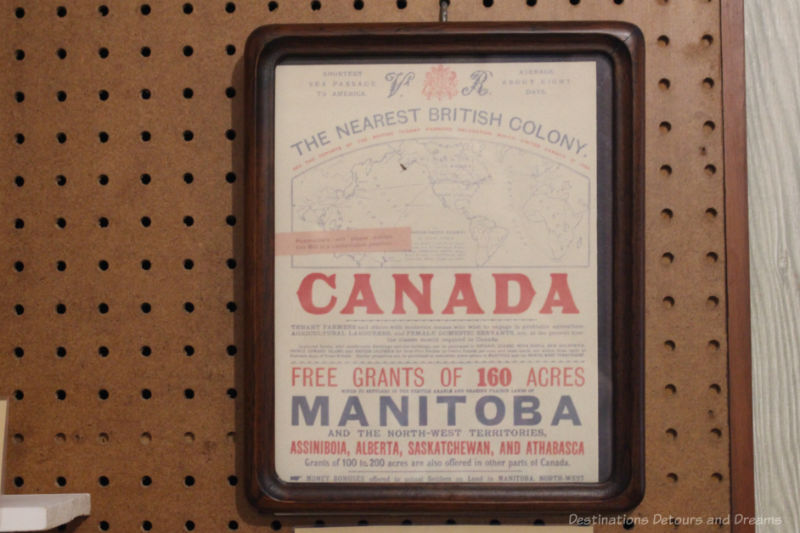
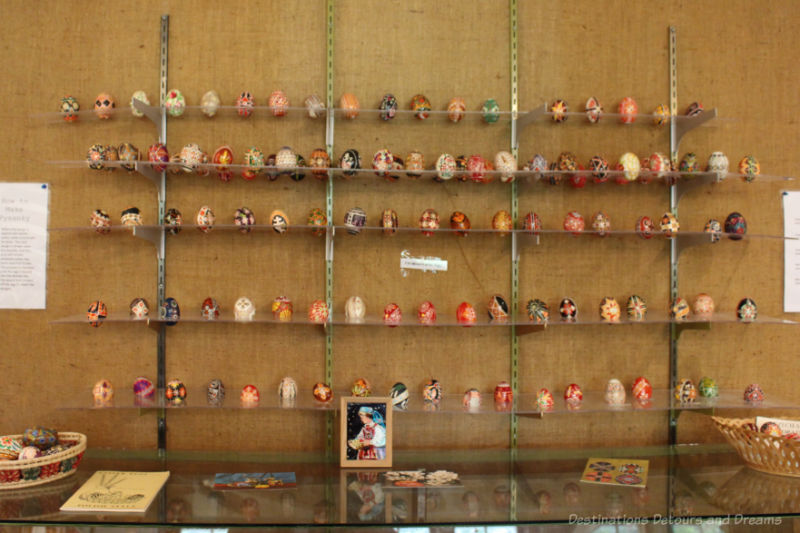
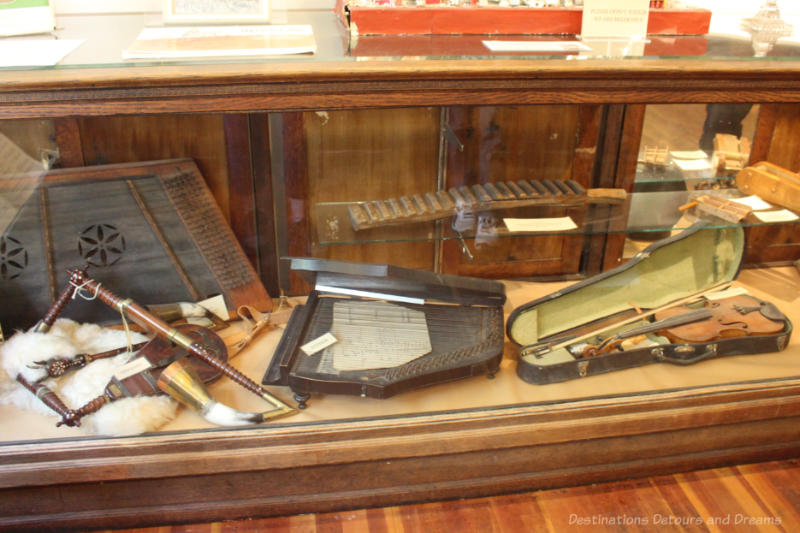
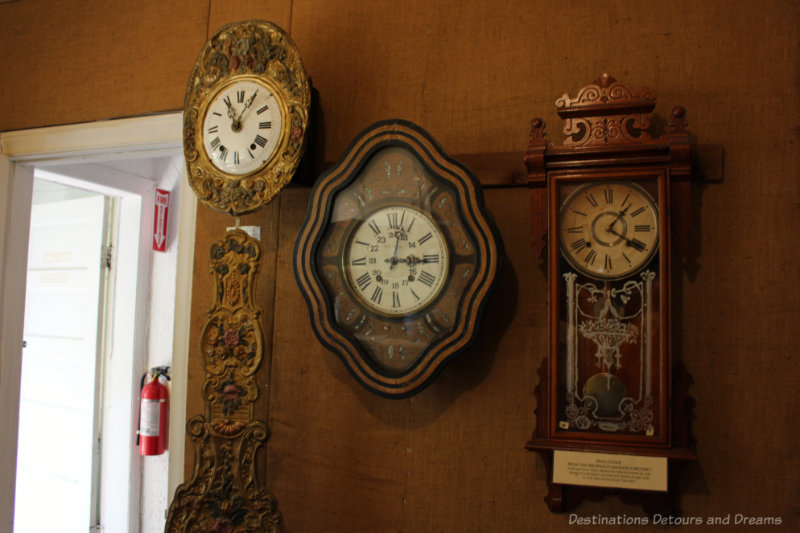
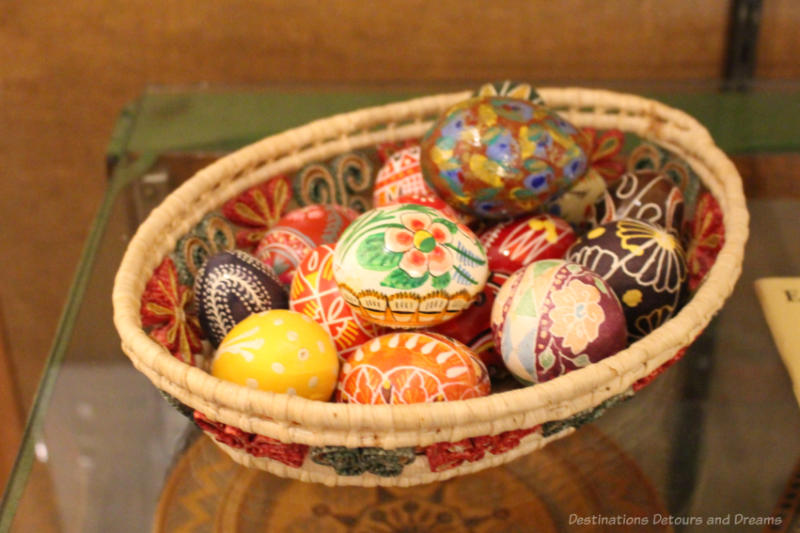
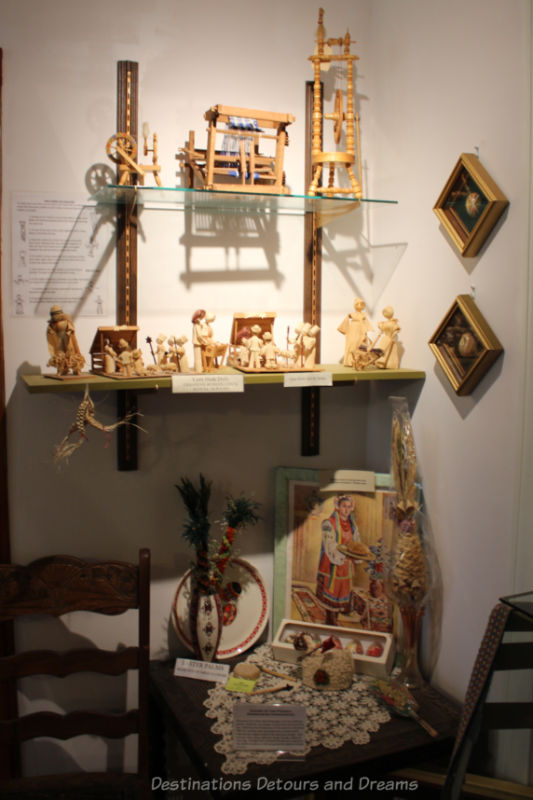
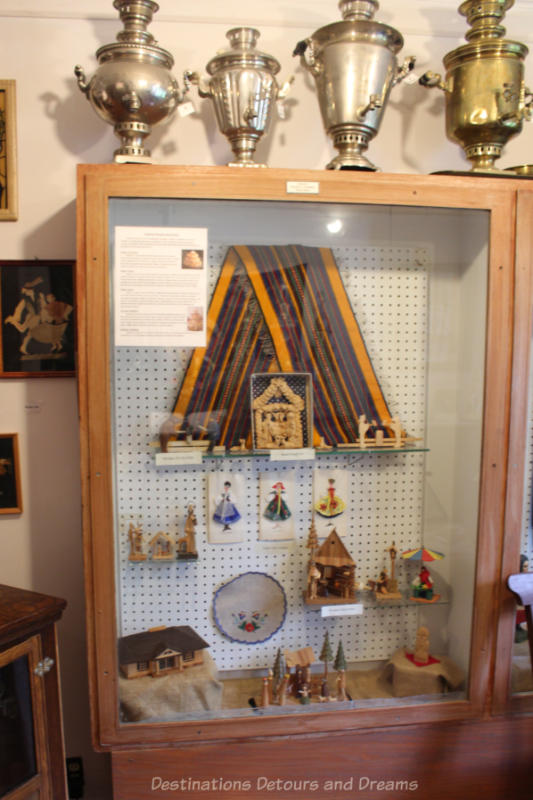
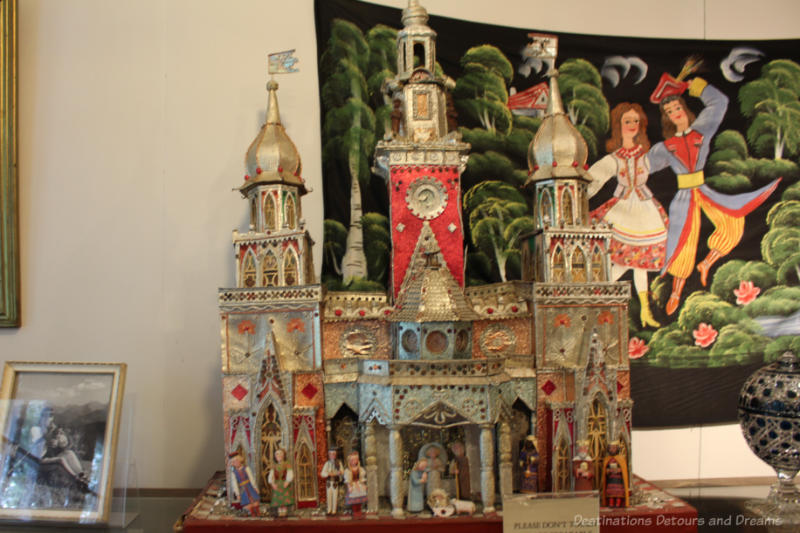
The making of Szopkas is a Polish Christmas tradition dating back to the nineteenth century. They are usually models of cathedrals made as a background to the Nativity scene. The one in the above photo is a representation of a Krakow cathedral made by Mary Malik in Krakow between 1968 and 1978.
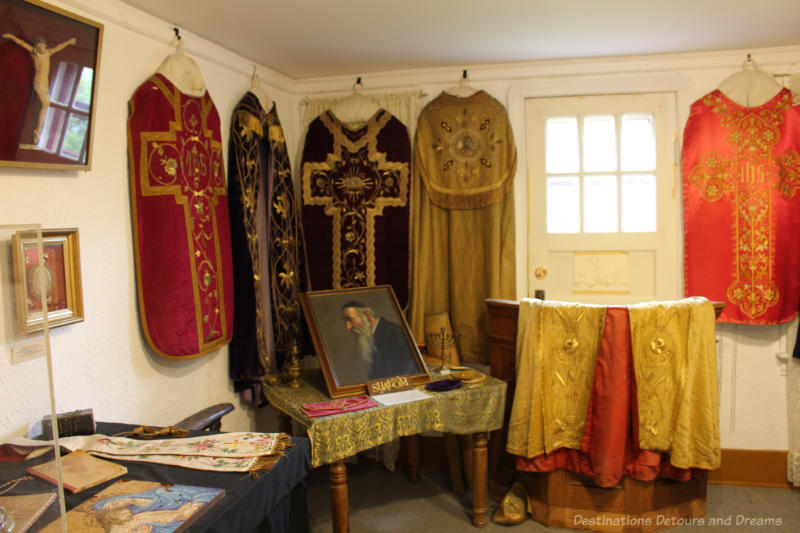
One room contains a collection of religious artifacts. Another is dedicated to fabrics and contains costumes, linens, and various embroidered items.
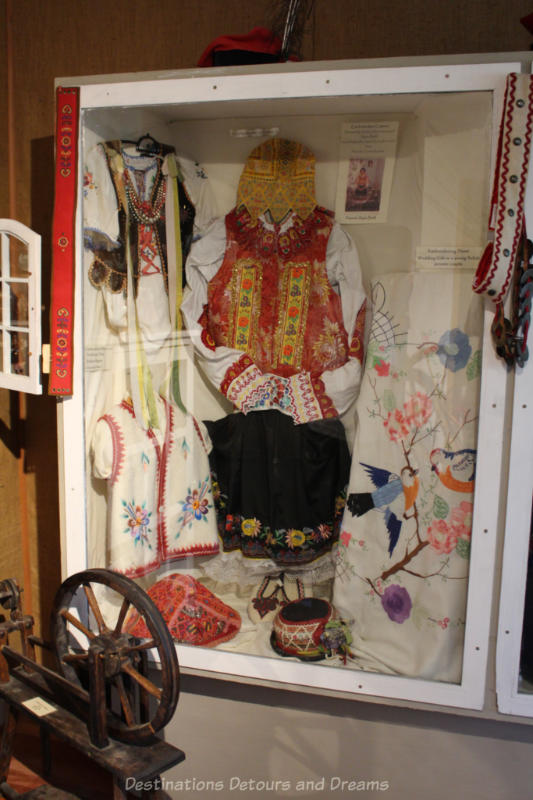
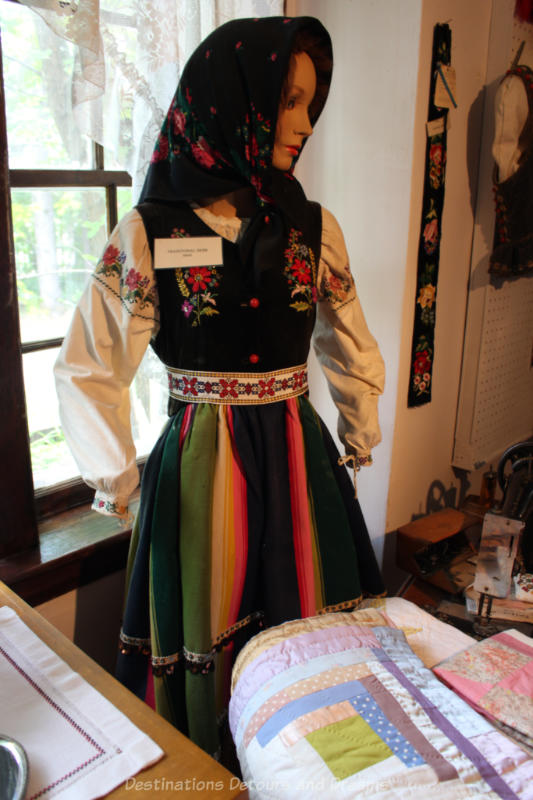
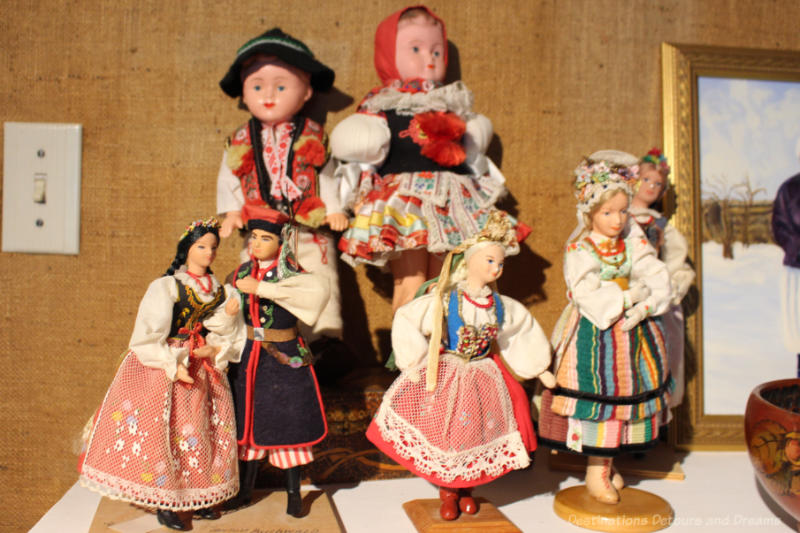
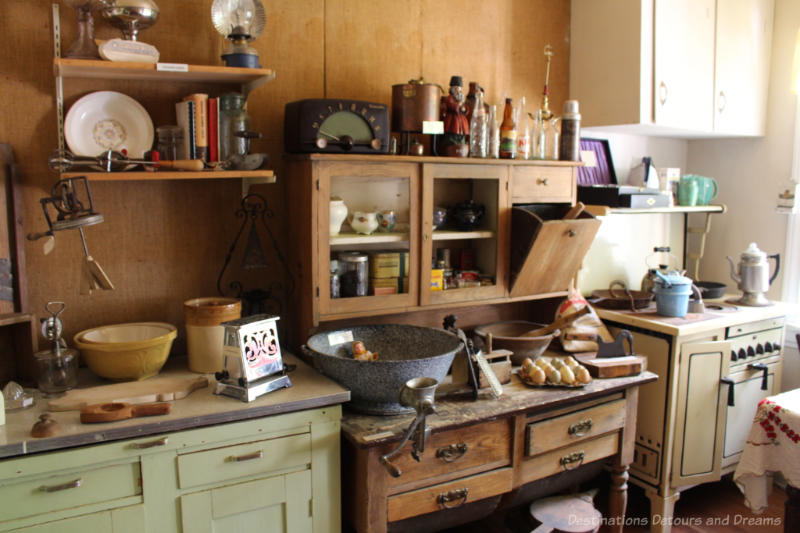
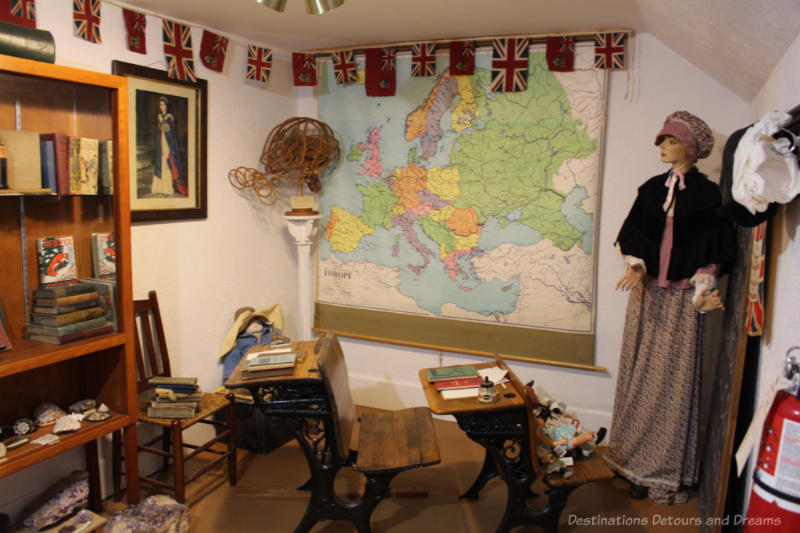
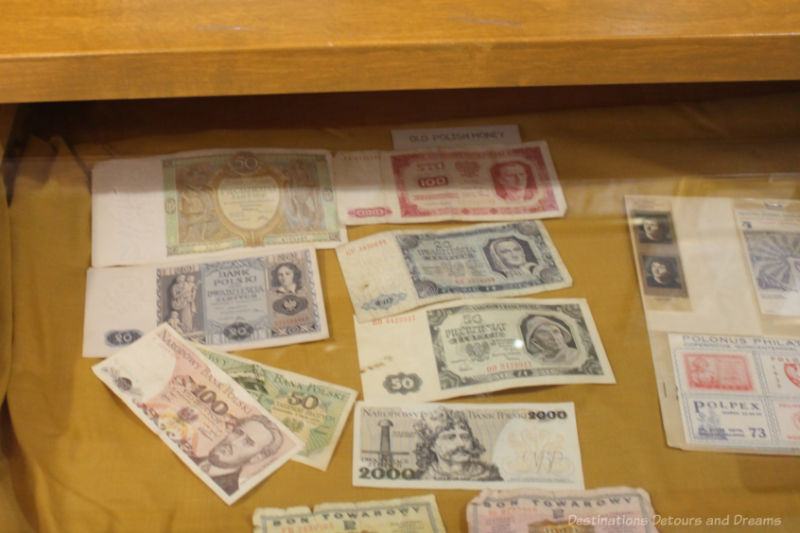
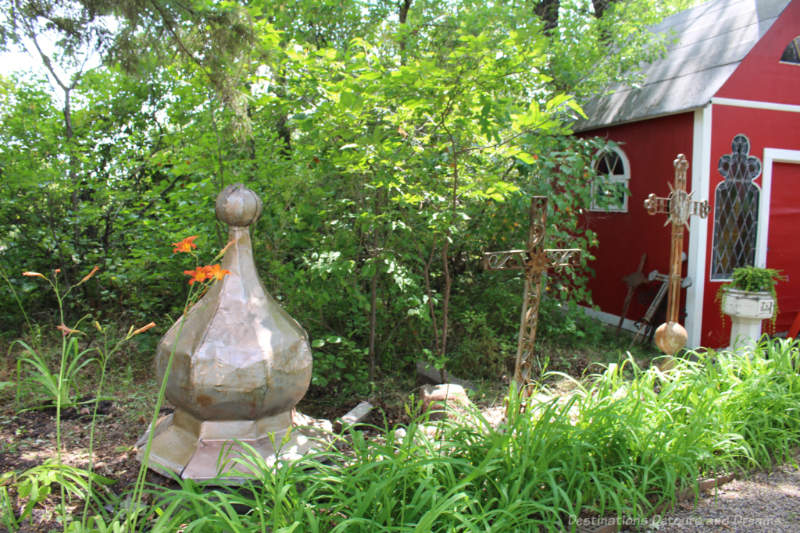
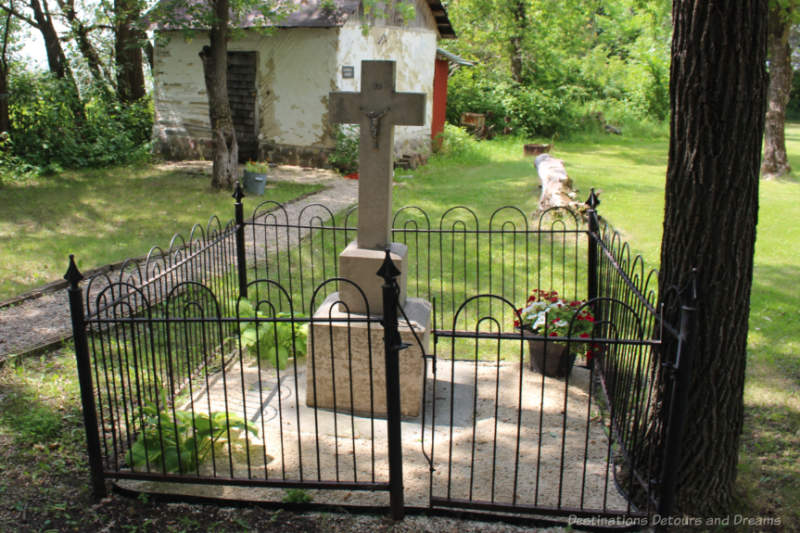
On the grounds, you will find a number of other buildings, machinery, and the remnants of St. Michael’s original cemetery.
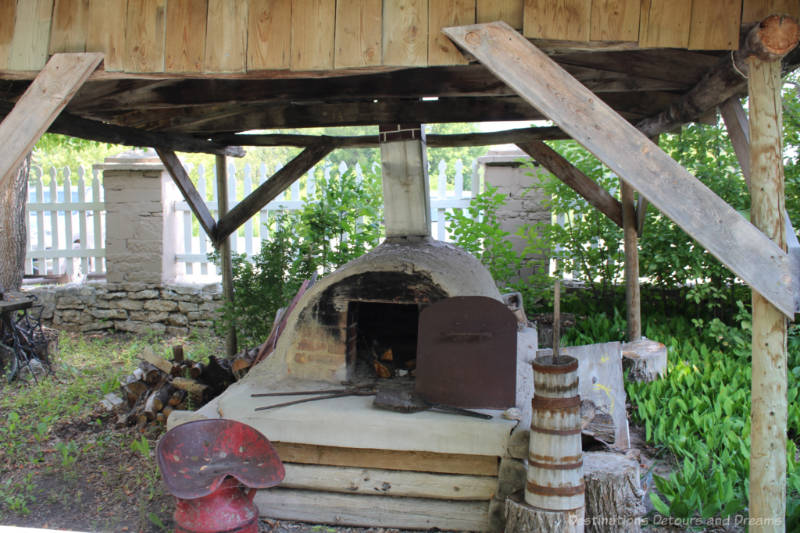
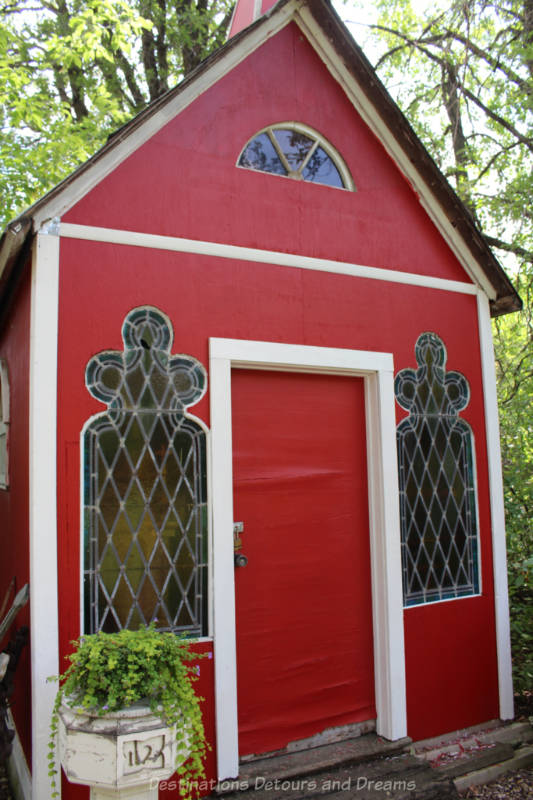
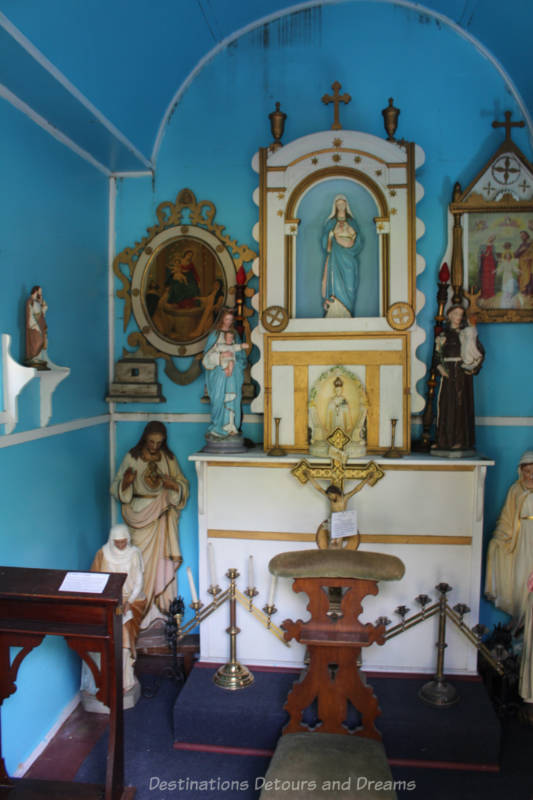
Wayside Chapel, which holds no more than six people, was originally situated along Henderson Highway as a place of rest for weary travellers.
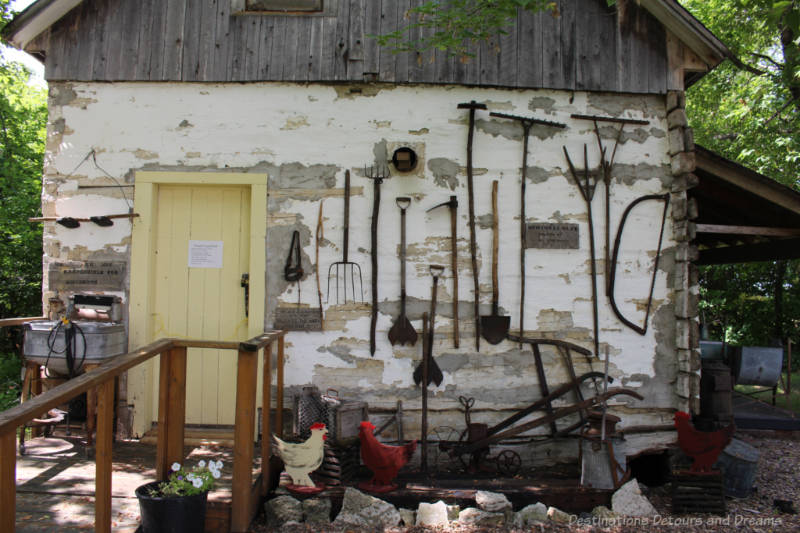
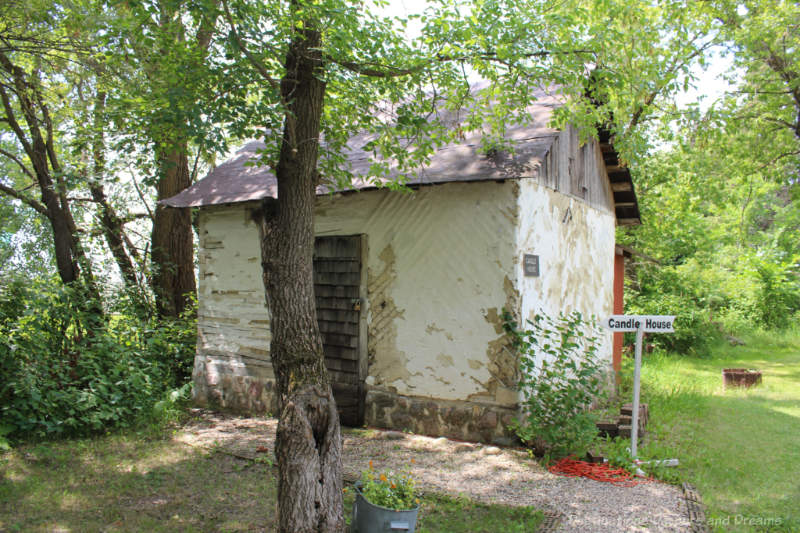
Built in 1915 by Blazej Sadowy, the Candle House represents the size of a home for a pioneer family that wasn’t wealthy. It now contains candles, candle holders, and candle making equipment.
There is also a blacksmith and woodworking shop I didn’t get a photo of. The blacksmith shop, circa 1909, was originally located in Birds Hill and contains farrier equipment, shoemakers tools, and other tools.
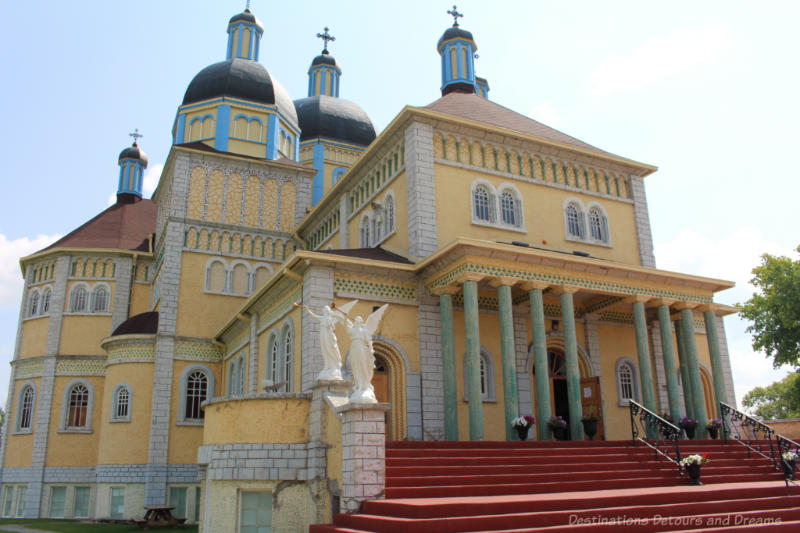
When you visit, you may want to also stop at Immaculate Conception Ukrainian Catholic Church and Grotto just down the road. The onion-domed church bearing the colours of the Ukrainian flag is a nationally and provincially designated historic site. The neighbouring Grotto of our Lady of Lourdes is modelled after the Our Lady of Lourdes Grotto in Lourdes, France. Tours are available weekends from the May long weekend through to the end of October.
(Note: The Grotto is one of the places featured in my book 111 Places in Winnipeg That You Must Not Miss.)
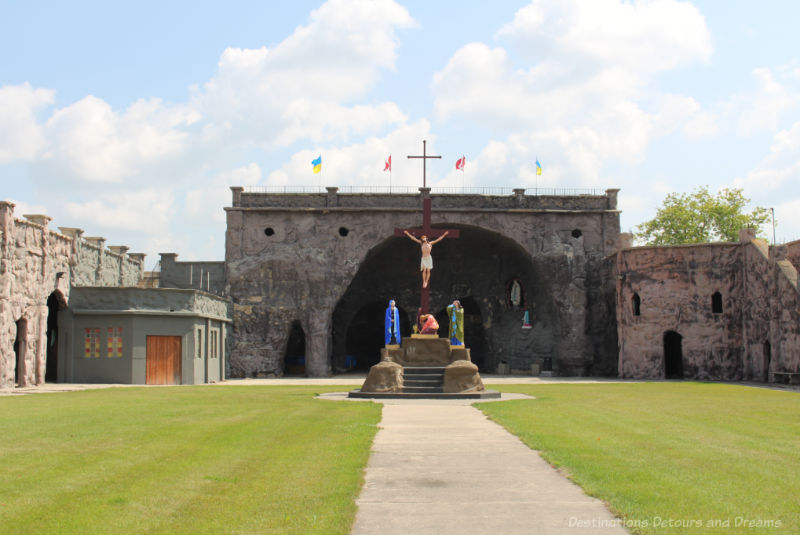
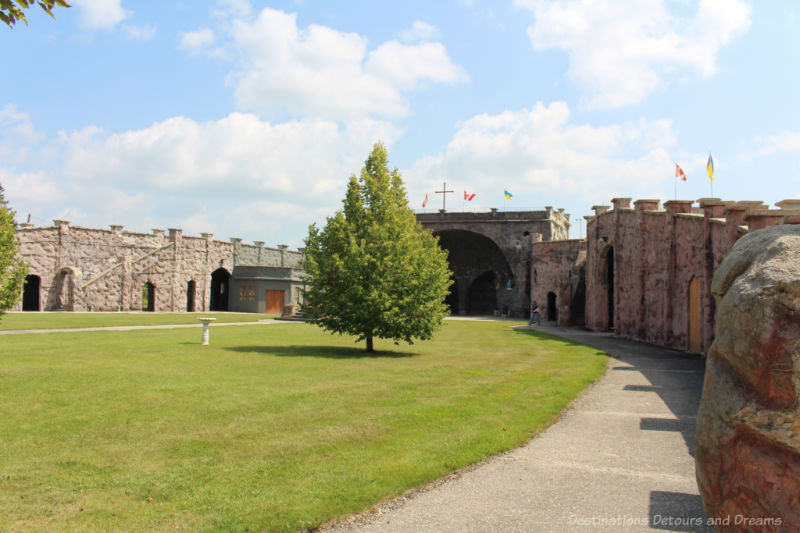
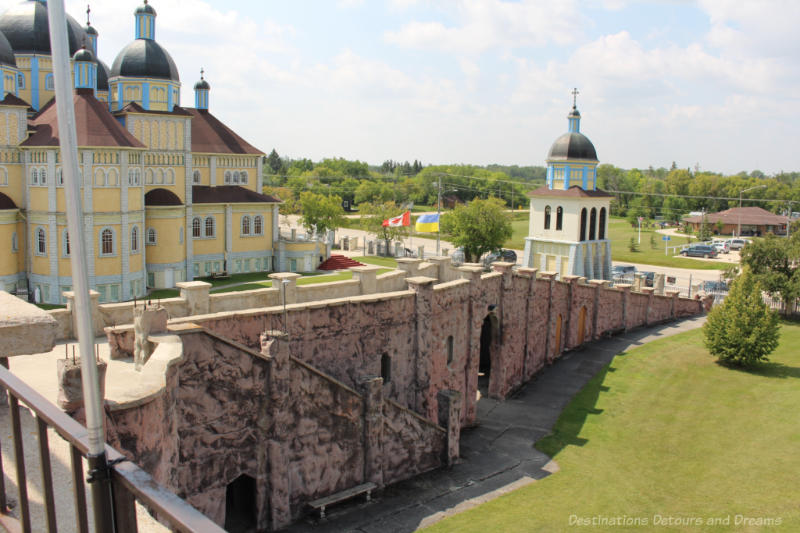
Cooks Creek Heritage Museum is open mid-May through August. Check the website for hours. The sign at the museum’s entrance contains the following words: “Without the memories of the past there can be no dreams of greatness for the future”
Never miss a story. Sign up for Destinations Detours and Dreams free monthly e-newsletter and receive behind-the-scenes information and sneak peeks ahead.
PIN IT
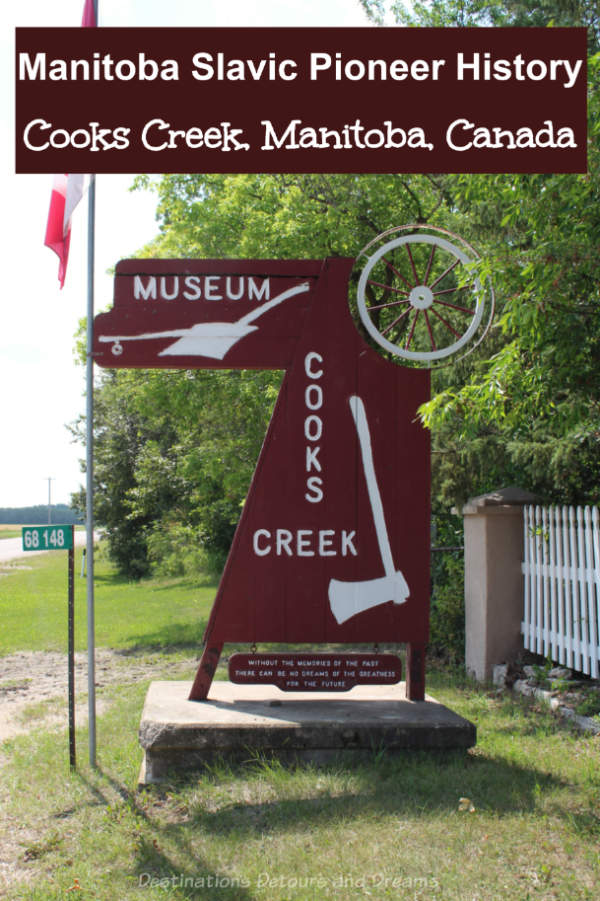
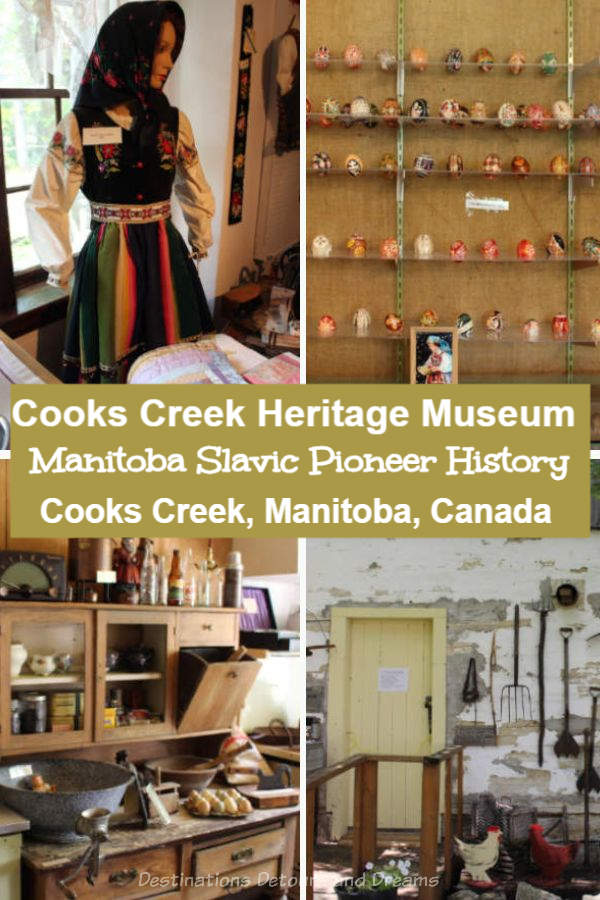
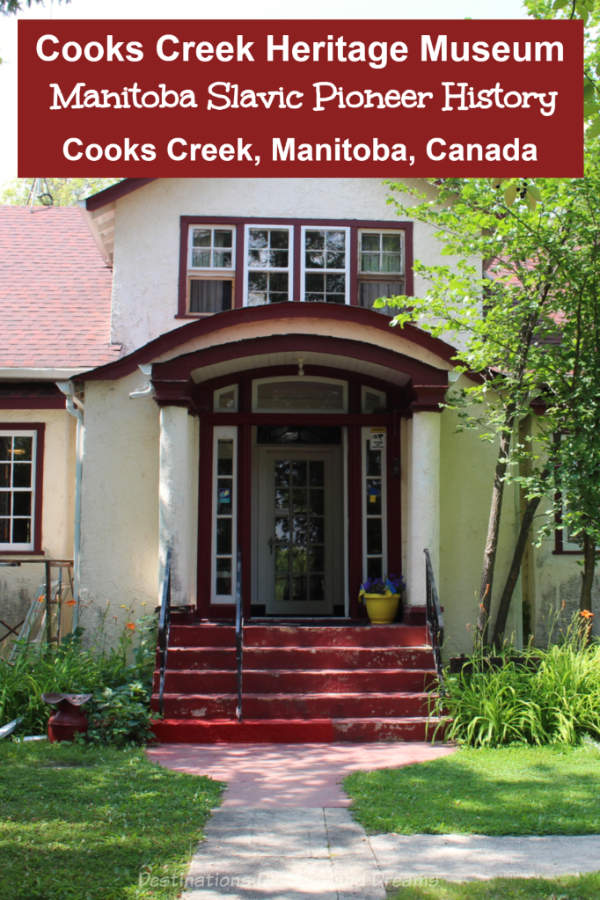

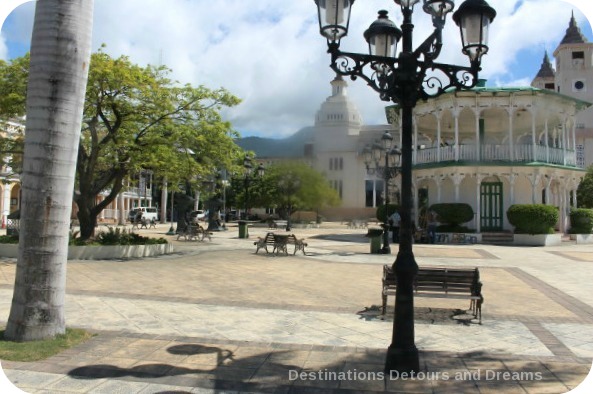
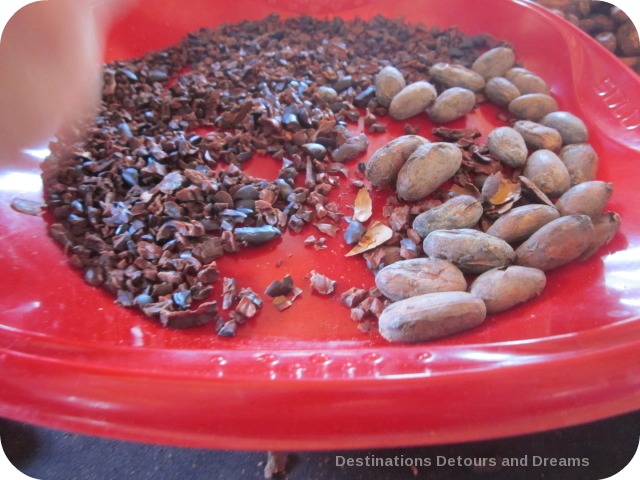
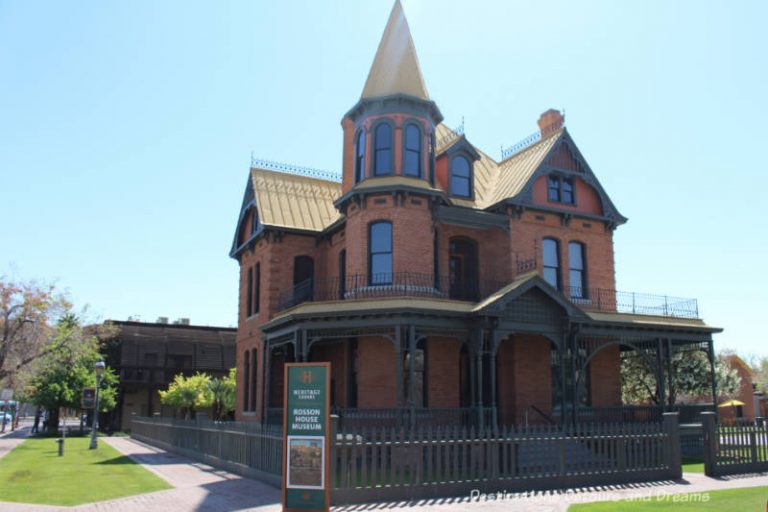
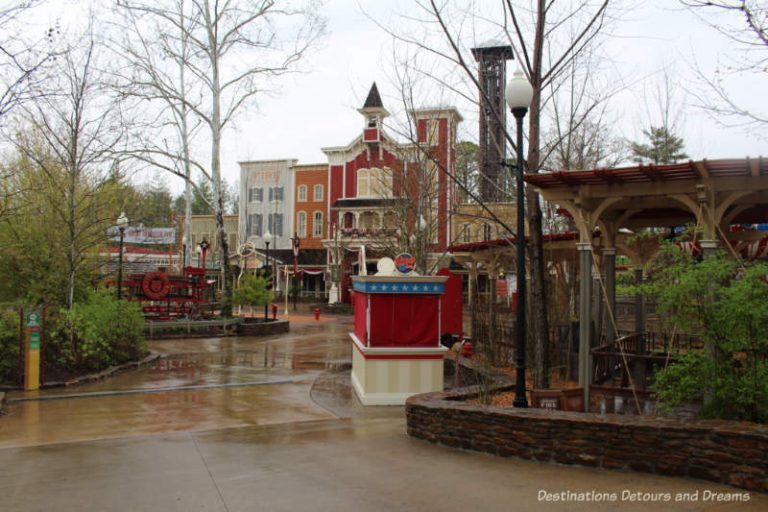
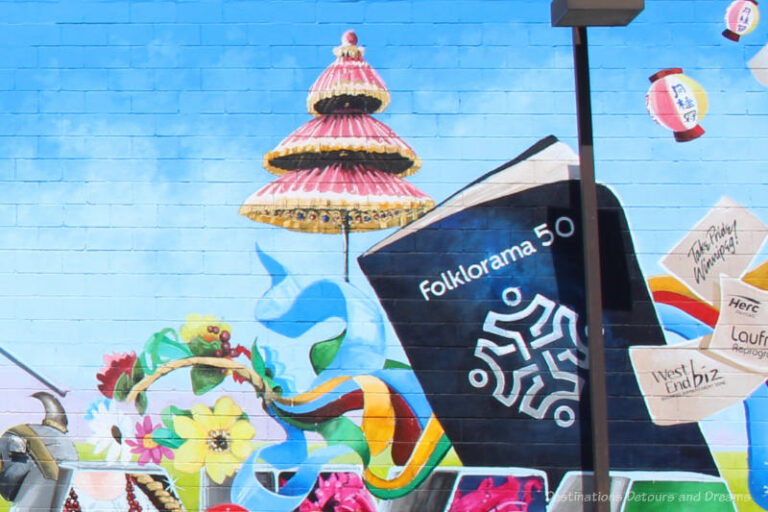
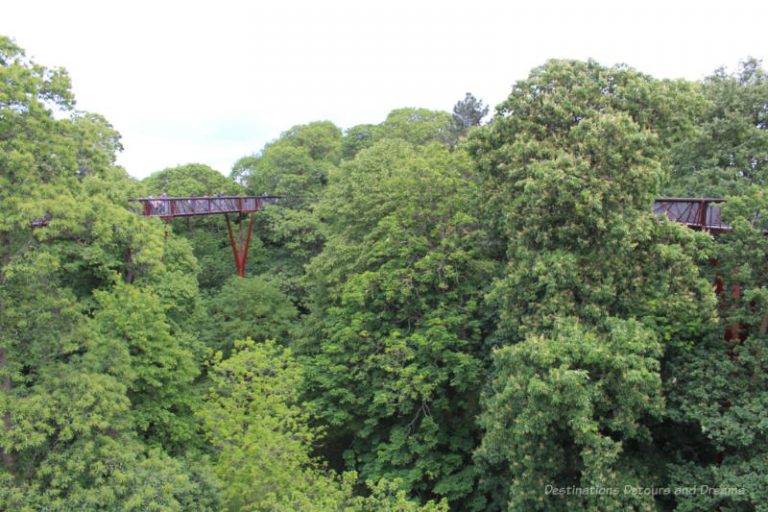
I’m a little puzzled by the Manitoba poster that says “nearest British colony.” Nearest to what? Suspect some Polish people might have been a bit surprised at how much of a trek it was.
Ken, that is interesting marketing. It was closer than places like Australia, New Zealand, India, and parts of Africa, although I don’t know if that is what was meant or not. It was still a trek for people from eastern Europe, although I think many might have known what they were in for. Many followed others from their communities or families who’d gone ahead.